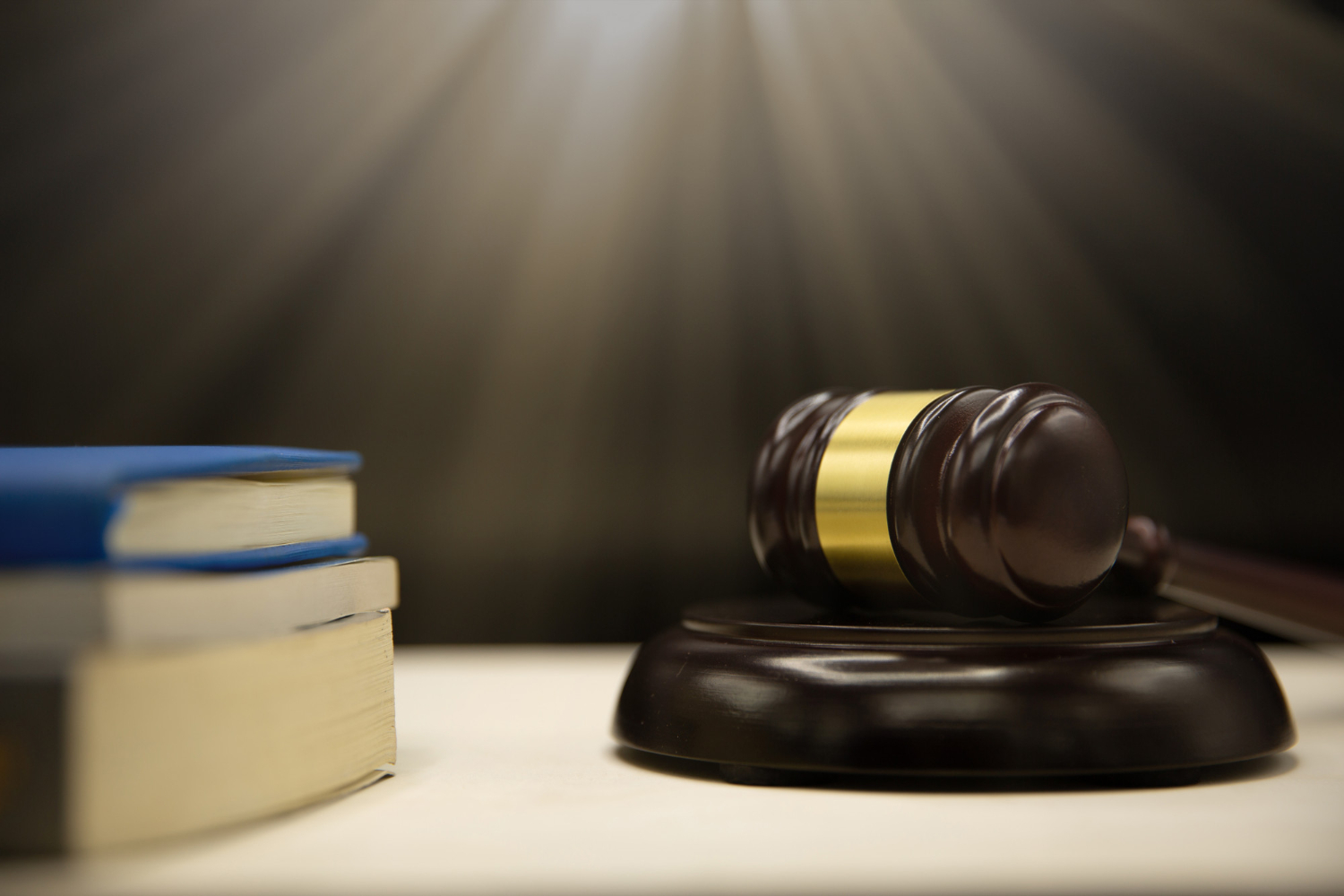- Monday - Sunday 10:00 AM - 10:00 PM
Area of Practices in Financial and Recovery Disputes

Financial and Recovery Disputes – Chansoriya Law Chambers
Banking and financial disputes are a significant component of commercial litigation in India. With the expansion of credit markets, digital banking, and corporate borrowings, conflicts between lenders and borrowers have become increasingly complex. Matters relating to loan defaults, enforcement of securities, recovery of debts, and disputes over banking transactions often reach specialized forums such as the Debt Recovery Tribunals (DRTs) and the Debt Recovery Appellate Tribunals (DRATs). Representation in such matters requires in-depth knowledge of financial laws, procedural compliance, and evolving judicial precedents.
Debt Recovery Tribunals (DRTs)
The Debt Recovery Tribunals were established under the Recovery of Debts and Bankruptcy Act, 1993 to provide a speedy mechanism for banks and financial institutions to recover dues from defaulting borrowers. Unlike civil courts, DRTs follow simplified procedures to expedite recovery. Common matters include: Recovery of secured and unsecured loans. Enforcement of mortgages and hypothecation agreements. Recovery certificates issued in favour of banks. Adjudication of borrower objections against recovery notices. Orders of DRTs can be challenged before the Debt Recovery Appellate Tribunal (DRAT).
Banking and Financial Disputes
Apart from DRT jurisdiction, banking disputes often involve: SARFAESI Act proceedings – where banks enforce security interests without court intervention. Cheque dishonour cases under Section 138 of the Negotiable Instruments Act. Guarantee enforcement – liability of personal guarantors and corporate guarantors.
Misrepresentation and fraud in loan agreements.
Classification of accounts as NPAs (Non-Performing Assets) and related borrower challenges. These disputes often require strategic defense and careful navigation of RBI circulars, statutory guidelines, and judicial interpretations.
Current Trends in Recovery Litigation
Rise in SARFAESI actions: Banks increasingly rely on possession notices and auctions for faster recovery. Cross-border lending disputes: Foreign banks and NBFCs are active before Indian tribunals. Digital lending and fintech disputes: Non-traditional finance models have created new grounds for litigation. Insolvency vs. Recovery overlap: Many cases require strategic choice between DRT proceedings and insolvency applications before NCLT. COVID-19 related defaults: Courts and tribunals are still dealing with disputes arising from moratorium periods and restructuring schemes.
Representation Before Tribunals and Courts
Matters before DRTs and DRATs often proceed at a fast pace. Effective representation requires clarity on statutory provisions, drafting of recovery applications, defense against possession proceedings, and appeals before higher forums. Courts have repeatedly emphasized the need for balance between protecting banking interests and ensuring fair treatment of borrowers.
For borrowers, lack of awareness about procedural safeguards—such as the right to appeal, opportunity to contest valuation of assets, or right to restructure loans—can result in severe financial consequences. For lenders, delays in enforcement can erode asset value and undermine credit discipline. Knowledge of timelines under the DRT Act, SARFAESI Act, and related regulations is critical for both creditors and debtors.
